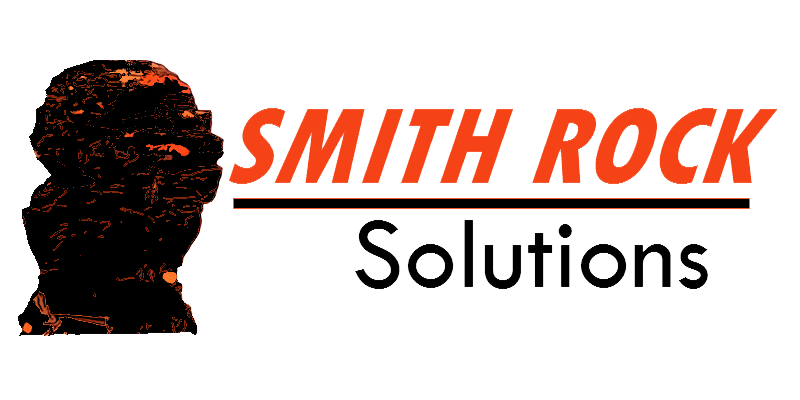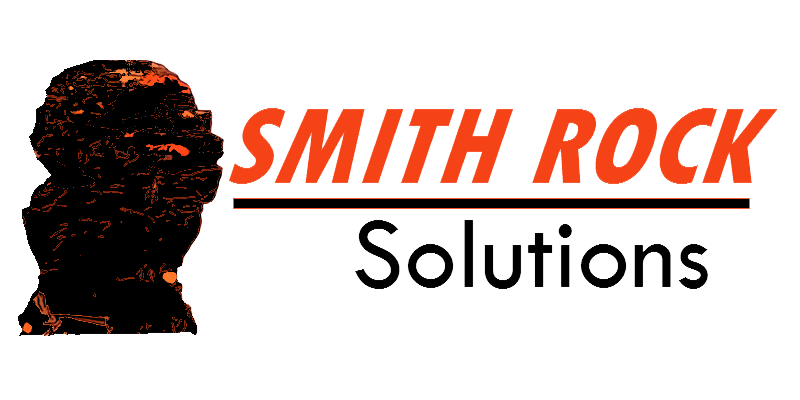Page Authority (PA) is a ranking metric developed by Moz, a popular SEO software company. PA scores range from 1 to 100, with higher scores indicating a greater likelihood of ranking higher in search engine results. High Page Authority signifies a strong page, often leading to better visibility, more traffic, and enhanced credibility. But how do you increase your website’s PA? Here’s a comprehensive guide on actionable strategies to boost Page Authority and improve your SEO performance.
—
- Focus on High-Quality Content
Content is the cornerstone of any successful website. To improve your PA, create informative, engaging, and original content that provides value to your audience. Here’s what makes content “high-quality”:
Thoroughly Researched: Cover your topics in depth to answer all relevant questions readers may have.
Well-Formatted: Use headings, subheadings, bullet points, and visuals to break up text and make it reader-friendly.
Updated Regularly: Update your content frequently to keep it relevant and accurate.
Quality content attracts links and keeps visitors engaged, which are both crucial for improving PA.
—
- Build High-Quality Backlinks
Backlinks remain a critical factor for improving PA. They act as “votes” from other sites, signaling search engines about the credibility of your content. Here’s how to build quality backlinks:
Guest Blogging: Contribute articles to reputable websites in your niche.
Create Shareable Content: Develop content like infographics, research, and unique insights that other sites will want to link to.
Outreach: Contact bloggers, influencers, and site owners in your niche to promote your content.
The quality of your backlinks is more important than quantity. Backlinks from high-authority domains are especially valuable.
—
- Optimize On-Page SEO Elements
On-page SEO plays a vital role in enhancing PA. Each page should be optimized for search engines and user experience. Key on-page SEO elements include:
Title Tags & Meta Descriptions: Write unique, compelling title tags and meta descriptions to improve click-through rates.
Internal Linking: Link to other pages on your site to create a strong internal network that improves navigation and authority flow.
Image Alt Text: Use descriptive alt text for all images, as this helps search engines understand the content and improve accessibility.
Proper on-page optimization not only improves PA but also enhances user experience.
—
- Enhance User Experience (UX)
User experience is crucial for SEO and PA. Google considers user experience metrics such as page load time, bounce rate, and mobile friendliness as ranking factors. Improving UX can include:
Speed Optimization: Compress images, enable caching, and reduce redirects to improve page load time.
Mobile Optimization: Ensure your site is responsive and loads properly on mobile devices.
Clear Navigation: Use intuitive menus and navigation to help users find information quickly.
Providing a seamless user experience can help reduce bounce rates and encourage users to spend more time on your page, which indirectly improves PA.
—
- Use Social Media to Promote Content
Social media can be an effective channel to drive traffic and increase PA. When your content is shared and engaged with, it reaches a wider audience and attracts potential backlinks. Here’s how to make the most of social media:
Share Regularly: Post new and existing content to platforms like Twitter, LinkedIn, and Facebook.
Engage with Followers: Respond to comments, share insights, and build relationships with your audience.
Leverage Visual Content: Use images, videos, and infographics to make your posts more engaging and shareable.
Though social shares don’t directly impact PA, they increase your content’s visibility and can lead to valuable backlinks.
—
- Regularly Monitor and Improve Site Performance
Your site’s technical health affects your ability to rank and improve PA. Conduct regular audits to address technical issues that may be hindering performance. Focus on:
Removing Broken Links: Broken links disrupt user experience and can affect PA.
Fixing Redirect Chains: Too many redirects slow down page load time.
Optimizing for Core Web Vitals: Core Web Vitals metrics are critical to ensuring your site is user-friendly and meets Google’s performance standards.
Using tools like Google Search Console, Moz, and Ahrefs can help you monitor your PA and site performance.
—
Conclusion
Increasing your website’s Page Authority is a gradual process, requiring consistent efforts in content creation, link building, on-page SEO, and technical optimization. By following these strategies, you can boost your PA, improve your rankings, and drive more organic traffic to your website. Remember, SEO is an ongoing journey, so keep adapting your strategies to align with evolving SEO trends.
Start implementing these tips today to see measurable improvements in your Page Authority and overall site success.
continue reading
Related Posts
If you’re running a Shopify store, getting your products to
For businesses with multiple locations, deciding between a single company
Having a Google My Business (GMB) listing is essential for





